Best Minimally Invasive Cardiac Surgeon in Ahmedabad – Dr. Jaydip Ramani
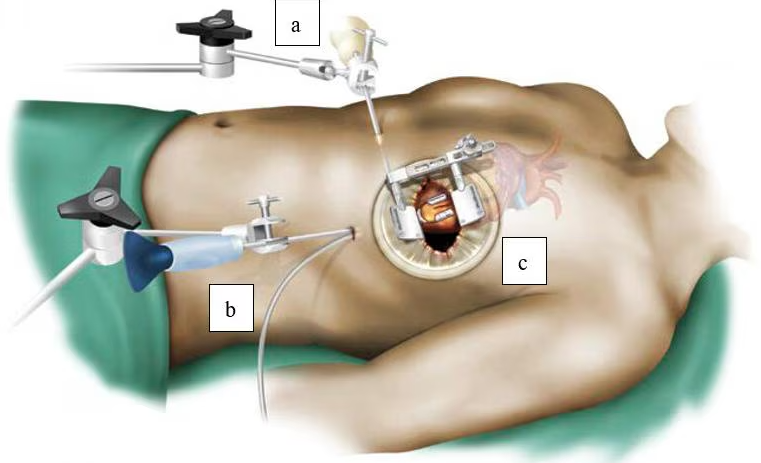
Minimally invasive cardiac surgery (MICS) is a modern heart treatment method where surgeries are done through small cuts, instead of traditional open-heart procedures. This technique reduces pain, scars, infection risk, and allows for a quicker recovery.
Dr. Jaydip Ramani, a top cardiac surgeon in India, specializes in complex heart surgeries, ensuring safe recovery and long-term heart health through expert care and advanced surgical techniques. The procedure enables surgeons to provide quick treatment while minimizing scarring and reducing the chance of infection. The minimally invasive cardiac surgery provides patients with a secure treatment for serious heart conditions through effective results.
Why Choose Dr. Jaydip Ramani for Minimally Invasive Heart Surgery?
Our doctors possess significant experience and a true dedication to your improved health.
We treat each patient with respect, listen carefully and provide supportive guidance at every step.
We use the newest tools and equipment to ensure a smooth surgical process.
We employ innovative techniques with smaller incisions, resulting in quick recovery and less pain.
Dr. Jaydip Ramani is known as one of the best minimally invasive cardiac surgeon in Ahmedabad. He has successfully performed over 3000+ heart surgeries using advanced techniques that offer patients a safer and faster healing process.
- Over 15+ years of surgical experience
- Expert in keyhole heart surgery
- Shorter hospital stays, quicker return to normal life
- Trusted by thousands of patients in Ahmedabad
Types of Minimally Invasive Cardiac Surgeries Offered
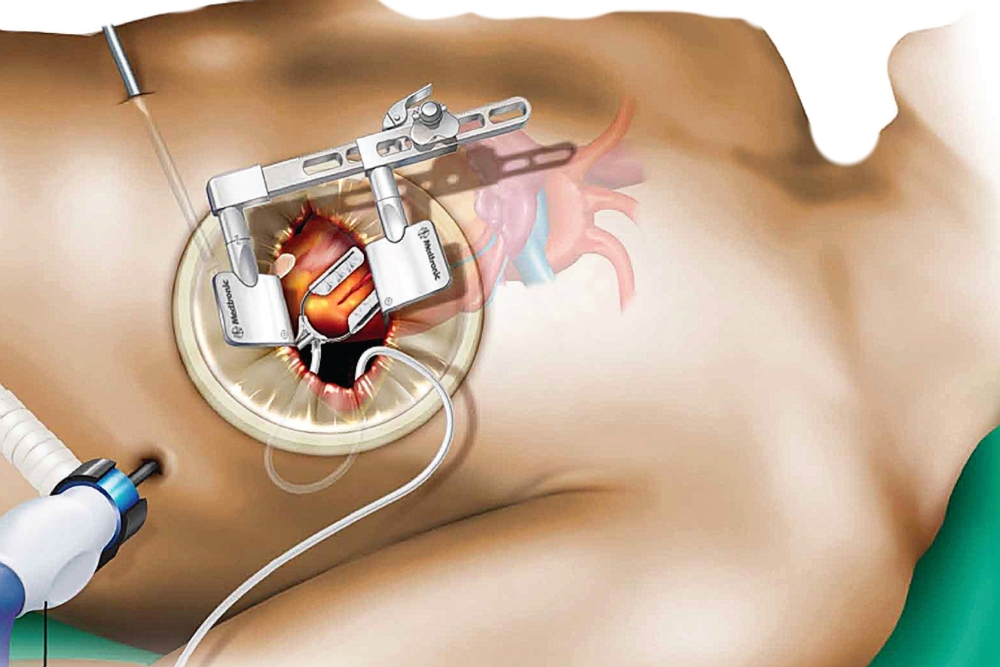
Minimally Invasive CABG
Needed to restore blood flow by bypassing blocked arteries. If you have chest pain, shortness of breath, or fatigue, this surgery may help.
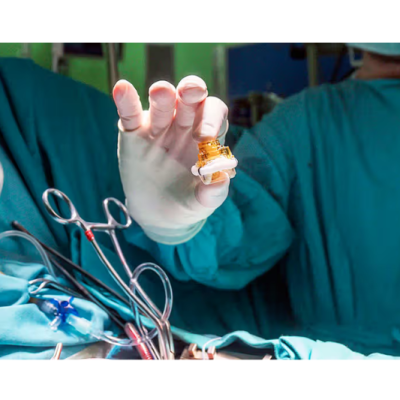
Heart Valve Repair & Replacement (MICS)
Precise valve treatments through small incisions, ensuring safer procedures and faster healing.
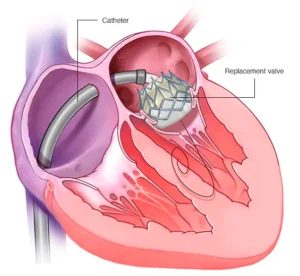
Transcatheter Mitral Valve Repair
Catheter-based repair of the mitral valve. No incision or general anesthesia needed. It is effective in mitral regurgitation

ASD / VSD Closure Surgery
Repair holes in the heart using minimally invasive techniques, reducing hospital stay and improving outcomes.
Who Requires a Minimally Invasive Heart Intervention?
This surgery suits patients with certain heart problems who want a safer and quicker healing process. It allows surgeons to perform repairs using small incisions instead of opening the chest. Below are several heart-related conditions and treatments that may benefit from minimally or less invasive surgical techniques.
Mitral Valve Disease
Patients with valve problems causing breathlessness, fatigue, and swelling benefit from minimally invasive valve repair or replacement surgery.
Coronary Artery Disease
Minimally invasive bypass surgery treats blocked arteries in CAD patients, restoring heart blood flow with small incisions and faster, less painful recovery.
Atrial Fibrillation
Atrial fibrillation causes irregular heartbeats. Less invasive procedures like Maze surgery help restore normal rhythm with quicker recovery and minimal trauma.
Congenital Heart Defects
Children can be treated with minimally invasive repair, using smaller incisions for safer, faster recovery.
Higher Risk Patients
Older or medically fragile patients with heart issues benefit from safer minimally invasive surgeries with fewer complications.
Transcatheter Aortic Valve Replacement
TAVR replaces a narrowed aortic valve using a catheter, offering a less invasive, quicker alternative to open-heart surgery.
Our Treatment Approach for MICS
We use the latest technology to perform heart surgery through small cuts for faster healing and less pain. Our expert team ensures safe treatment and supports you through every step of recovery.
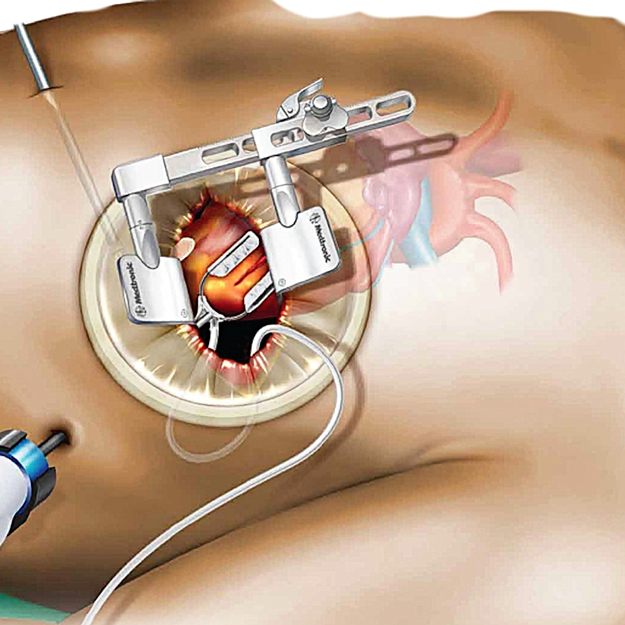
Personalized Diagnosis
Complete heart health check-up to understand your exact needs.
Advanced Technology
State-of-the-art equipment for safe and precise surgeries.
Expert Surgical Team
Led by Dr. Jaydip Ramani with the support of experienced cardiac specialists.
Smooth Recovery Process
Guided care after surgery to help you heal and regain strength faster.
Difference Between Minimally Invasive Heart Surgery and Open-Heart Surgery

Minimally Invasive Heart Surgery
- Uses small cuts between the ribs
- No need to cut open the chest bone
- Less pain and smaller scars
- Faster recovery and shorter hospital stay
- Lower risk of infection and complications
- Special tools or robotic arms are used
- Suitable for selected heart conditions

Open-Heart Surgery (Traditional)
- Large cut is made through the chest and breastbone (sternotomy)
- More pain and larger scar
- Longer recovery and hospital stay
- Higher risk of bleeding and infection
- Traditional surgical instruments used
- Needed for complex or multiple heart problems
Recommendation

Shortness of breath

Fatigue or weakness

Chest pain or pressure

Pain in arms, neck, jaw
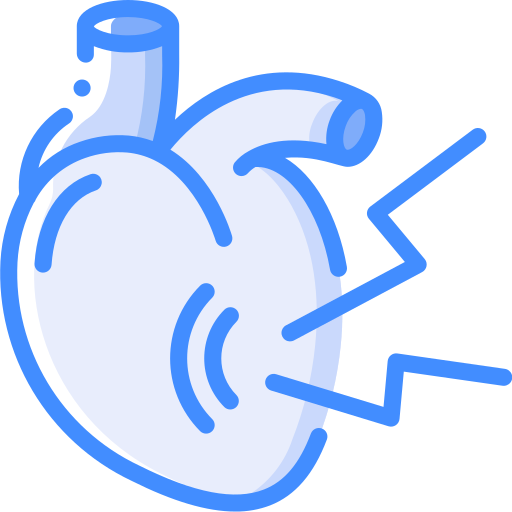
Palpitation (Irregular heartbeat)

Heart attack
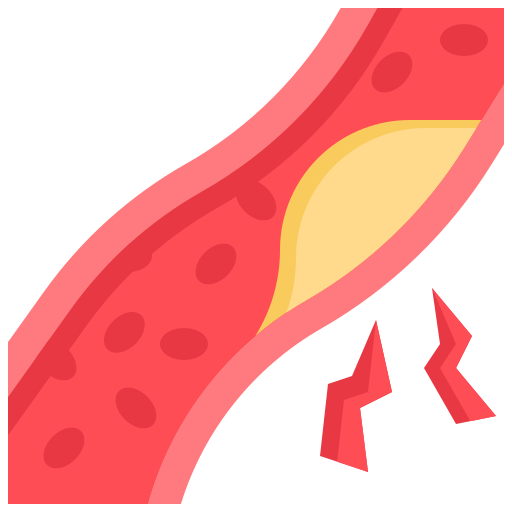
High Blood Cholestrol

Hypertension

Smoking

Diabetes

Buildup of Fatty Plaques
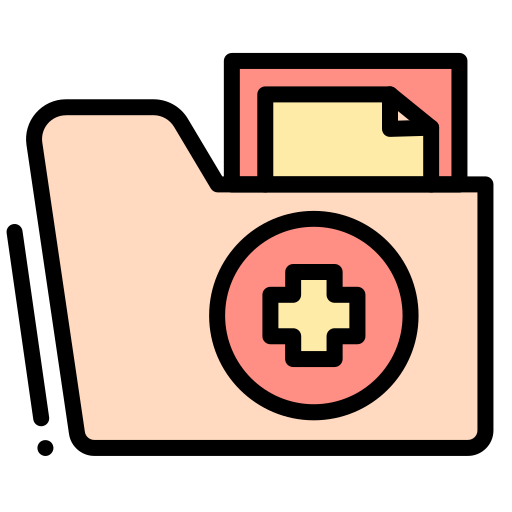
Family History of Heart Disease

Echocardiogram
Shows how well your heart is working and its structure
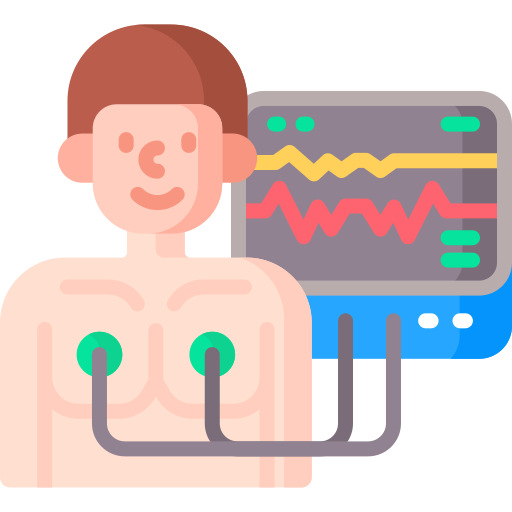
Electrocardiogram
Measures the heart's electrical activity to detect past or current heart attacks.
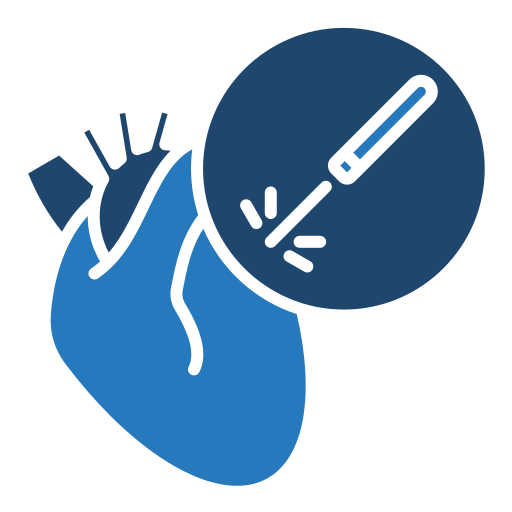
Cardiac Catheterization
Checks your heart’s blood flow and pressure
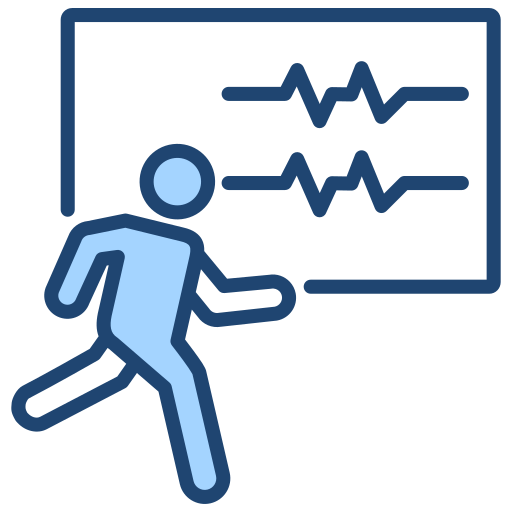
Stress Test
Evaluates heart function during physical stress (exercise)
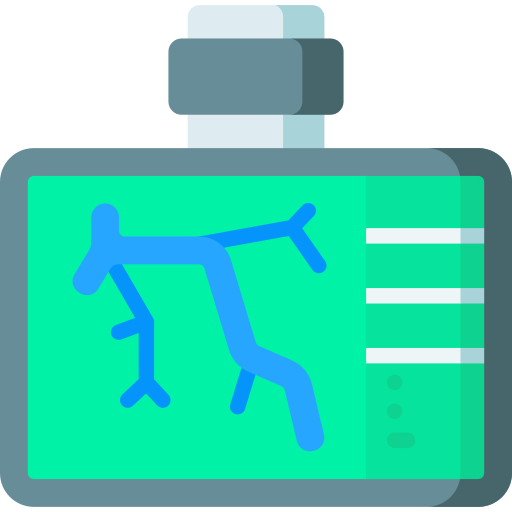
CT Coronary Angiogram
A non-invasive imaging technique to look at coronary arteries.

Blood Tests
Assess cholesterol levels, cardiac enzymes and overall heart function.
Reach out to Dr. Jaydip Ramani for expert care
If you are looking for safe, fast, and advanced heart surgery in Ahmedabad, consult Dr. Jaydip Ramani, the trusted name for minimally invasive cardiac surgery.
Dr. Jaydip Ramani address the most common questions to help you understand the procedure, recovery, and what to expect—so you can move forward with confidence and clarity.
Minimally Invasive CABG offers several advantages over traditional bypass surgery, including smaller incisions, reduced pain, shorter hospital stay, faster recovery, and minimal scarring, making it an ideal choice for eligible patients.
Since the surgery uses small incisions between the ribs, scarring is minimal and often hidden beneath the breast or under the arm.
Typically, one or two bypasses can be performed through minimally invasive CABG. For more complex cases, traditional CABG may be recommended.
Minimally invasive CABG is often used for more extreme blockages or while more than one artery needs bypassing, while stents are a much less invasive choice suitable for smaller or fewer blockages. Your physician will assist determine which remedy is best for you.
After surgery, patients are advised to follow a heart-healthy diet, regular exercise, quit smoking, manage stress, and take medications as prescribed.
